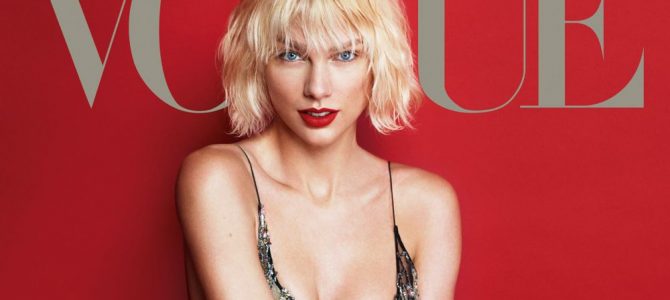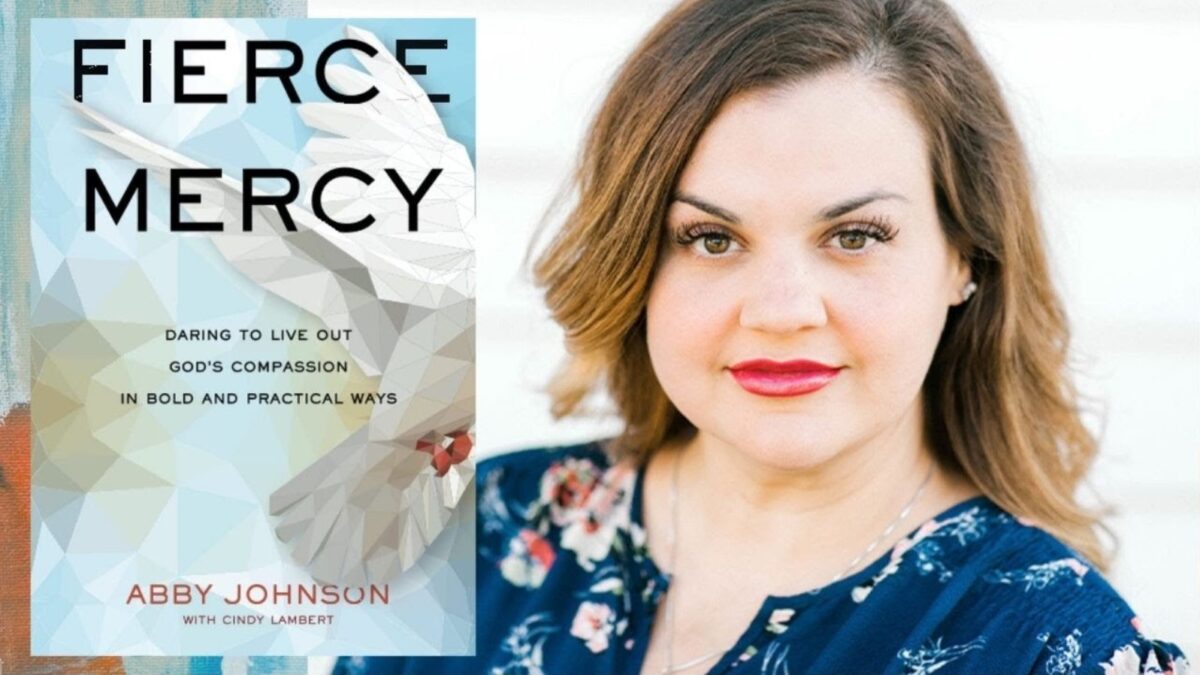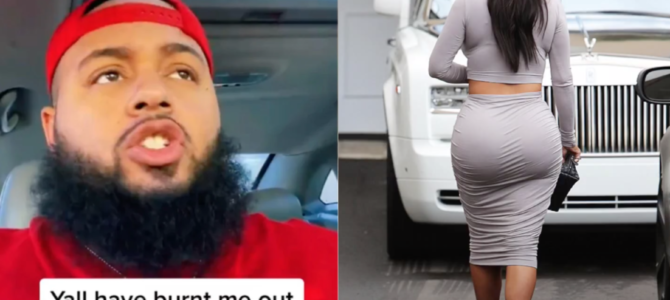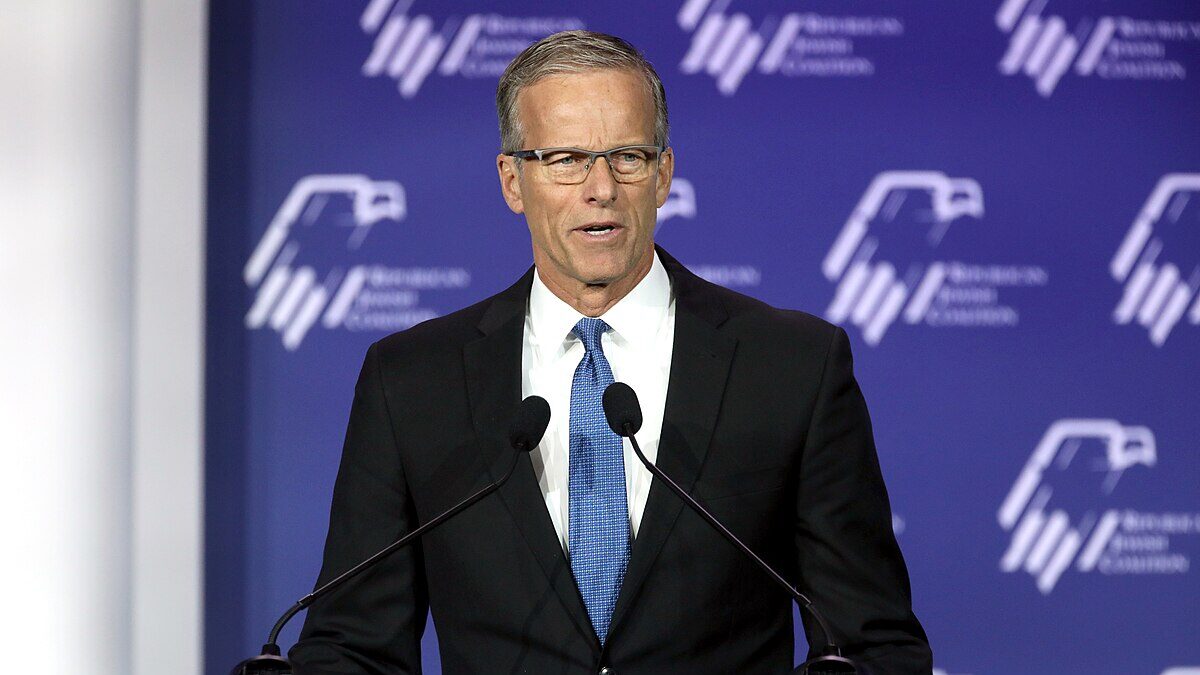
After enjoying a stellar run beginning in a garden quite some time ago, boobs have been declared over.
Well, according to one article in Vogue they’ve been declared over. On the other hand, Vogue doesn’t seem to agree with itself on the topic.
In any case, the magazine may be correct about some current fashion trends, but declaring cleavage to be over is well outside of its purview.
Rich: Upon reading this news, I was immediately gladdened. By the fact that I wasn’t drinking anything that subsequently ended up sprayed across my computer screen as I laughed at such nonsense. Declaring cleavage to be over is like claiming the sun rises in the west or that we don’t need oxygen to breathe. Necklines may not be plunging as much this winter, but they won’t stay up. Especially not for the reasons Vogue claims, at least not so long as it’s posting pics of Victoria’s Secret angels.
‘The cleavage – those magnificent mounds pushed together to display sexual empowerment, to seduce, to inspire lust or even just to show off – is over, or at least, taking a well-earned break.
‘The t*ts will not be out for the lads. Or for anyone else, for that matter.
Rejecting the stereotypes of gender has been brought sharply into focus, with the days of women as eye-candy, their sexuality positively smouldering rather than subtly played out, officially over.
Whatever you say, Vogue, particularly when you’re subtly refuting your own claims. For starters, those magnificent mounds, to borrow your phrasing, being used to attract wanted attention seems to be the very definition of empowerment. The woman is using her natural assets in a way of her choosing. If she wants to smolder, who are you to claim this reduces her to nothing more than eye candy?
Beyond which, what in the hell do breasts have to do with stereotypes? Maybe the first thing you think of when you see some cleavage, Vogue writer person, is that means the person rocking the cleavage isn’t good at math, but that’s your problem, not society’s. The rest of us are thinking, “Ahhh, those are real, and they’re spectacular.” (This is true regardless of size, except for boring types who don’t appreciate variety.)
As to your point about “creepy” online comments, I’ll give you some credit there. Men on the Internet can be highly inappropriate. I can also attest that this has very, very little to do with how much cleavage a woman is showing. I know women who don’t even have actual pictures of themselves on the Internet, but that doesn’t stop them from being sent the following message: “Show me your tits.”
This brings us to another flaw with that line of reasoning. Stylist Emily Saltzman may be correct when she says of one “busty actress,” “On those occasions where her cleavage is more visible, I see what happens on her Instagram feeds afterwards, and out of about 100,000 comments, 90,000 will be about her boobs. That’s not healthy, that’s creepy,” but she’s leaving out two relevant points. (And, no, we’re not talking about Madonna in 1990.)
First, the comments section of Instagram is a flaming garbage pile, particularly for the models who post pictures of themselves in various stages of undress, but it’s also a flaming garbage pile in how it loads and displays. There is simply no way Saltzman is reading 90,000 of those comments unless she trolls Instagram comments 24/7. Yes, there will be a preponderance of comments relating to whatever woman’s physical attributes, particularly if you skim through a few. Yes, the comments will focus in on whatever attribute is most prominent, but that brings us to our next point.
That point is: who, exactly, posted the picture on a public account on a photo-sharing site? Maybe it was the actress herself; maybe it was an intern with permission to post such things. In either case, this isn’t the act of a creepy paparazzi surreptitiously scoping some partially uncovered sweater puppets and then posting them. It’s an act by or on behalf of the woman. Some, a writer for Vogue perhaps, might call it a display of empowered sexuality.
As to the commenters themselves, they are quite often lacking in charm. As mentioned, they’re also an excitable bunch. You could put up a picture of a woman in a burqa and they’d still respond with, “Show me your tits!” So stop, Vogue, just stop. This isn’t about society, this is just how fashion works.
How it works, like history and seasonal beers, is on a cyclical pattern. We’ve reached a point where the cleavage is going to heave underneath a bit more cloth than it has been in recent years. Not the shoulders, legs, and midriffs, though — those are getting some exposure. This isn’t the first time the tatas have gone from being displayed prominently to being generously covered.
It won’t be the last time, either. No, we’ll get through this as a nation, and before we know it, the necklines will again plunge. It will be more difficult for some than others as we navigate this current move toward less cleavage and more shoulder, but for this particular fan of sweaters and boots, not to objectify anyone too much, I’m excited for the new lines.
Mollie: Meghan McCain said it best:
Everyone at Vogue magazine is a moron. https://t.co/pVHH0jn0Uh
— Meghan McCain (@MeghanMcCain) November 2, 2016
Cleavage is a beautiful gift from God. Cleavage is not over. Cleavage is not going anywhere. Cleavage is just another way of saying “women’s bodies.” And women’s bodies never — I repeat, never — go out of style. We are curves and mysteries and our magnificent mounds (which come in delightfully different shapes and sizes) are part of what makes being a woman so awesome.
The declaration does point to the problem of how sometimes fashion for women is hostile to women and hostile to sex. There are certain years when what’s fashionable also happens to be what’s not flattering on many women or not conducive to presenting our best assets. We sometimes get caught up in trends without stopping to think whether these things actually look good to us or to others. We need fashion that dresses women who love being women and who are confident and content in their womanhood.
It is certainly true that the particular way we present our breasts can change over time. I keep waiting for the cone-bra era of the 1950s to return. Those seemed kind of fun. And while breasts are pretty great no matter what, I do have to admit that the “to the navel” neckline that has had surprising staying power in Hollywood is really due for retirement. It’s impressive, always, but also sort of awful.
The key when dealing with breastesses is to provoke the imagination subtly. There is nothing subtle about seeing the entire sternum, half of each breast, and the belly button. And it’s been the rage since 2000! At least! That’s when Jennifer Lopez wore that green Versace number to the Grammy Awards. Sixteen years is enough to move onto something more universal and flattering and less desperate.
But let’s also stop pathologizing normal, healthy male sexual interest and stop teaching women that being noticed for beauty is patriarchal oppression.









